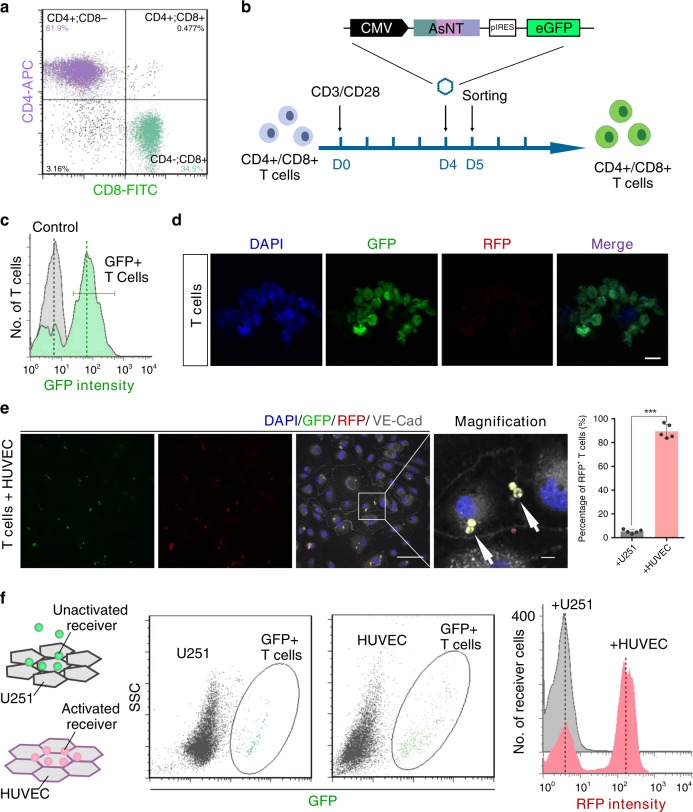Fig. 4. CD4+ and CD8+ T cells can be customized with AsNRs.
a In all the experiments, a mixture of CD4+ and CD8+ T cells were used (~2 : 1). b, c Due to the low efficiency of T-cell transfection (<20%), GFP-positive T cells were sorted by flow cytometry, and ∼85% were retrieved. d Image of fluorescence showing very low basal activation in the T cells engineered with AsNRs. e Immunostained VE-cad in slices showing that engineered T cells turned red when they engaged in cross talk with endothelial cells (n = 5 slices per group). f Analysis of adherent T cells showed that HUVECs attracted more engineered T cells than did the U251 cells. The graph on the right shows the number of activated engineered T cells, which indicated that these T cells could sense HUVECs. Scale bars = 10 μm in d; 50 μm in e, and 10 μm in the magnified panel. Error bars: SEM. Significance: ***p < 0.001.

